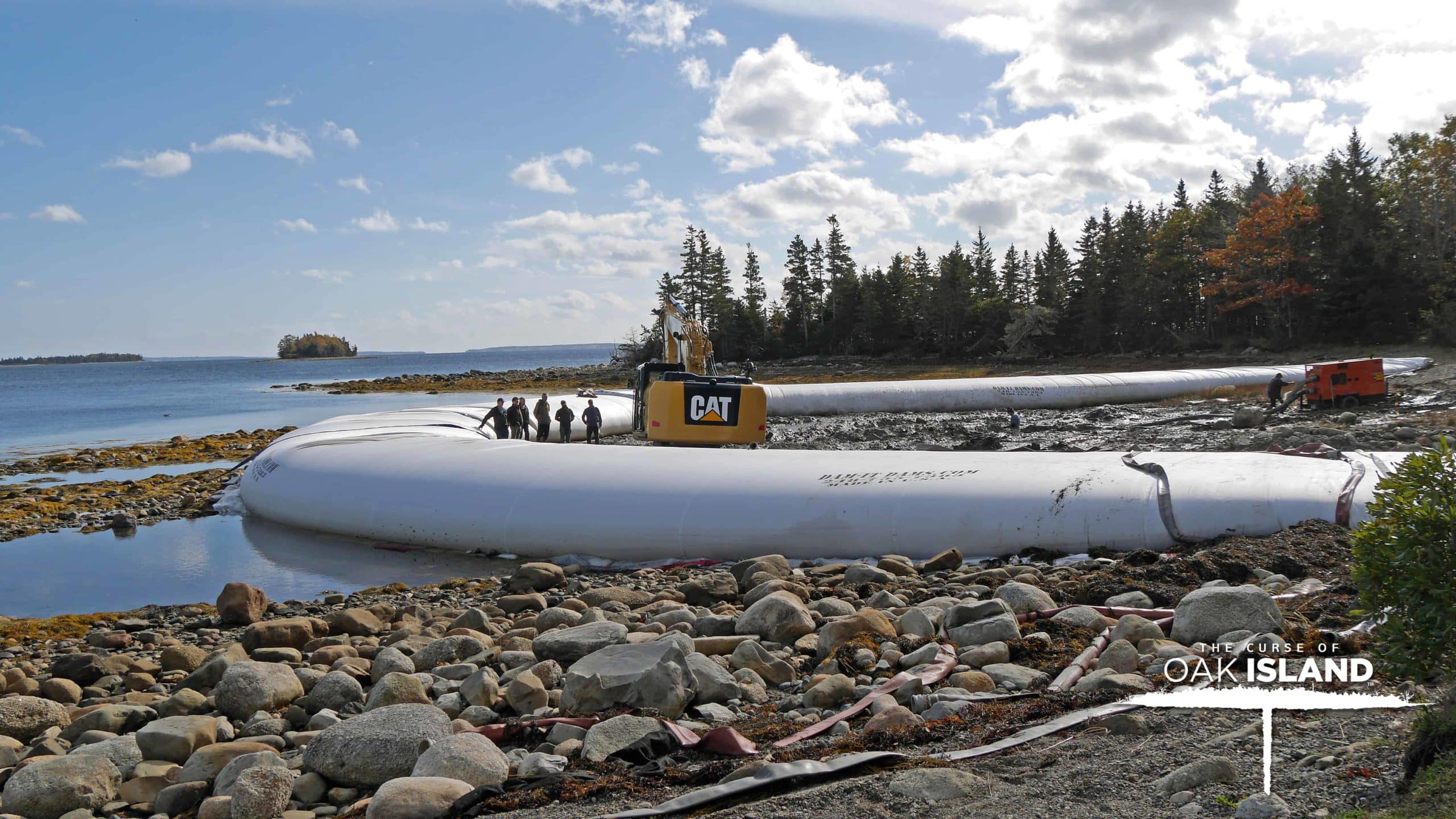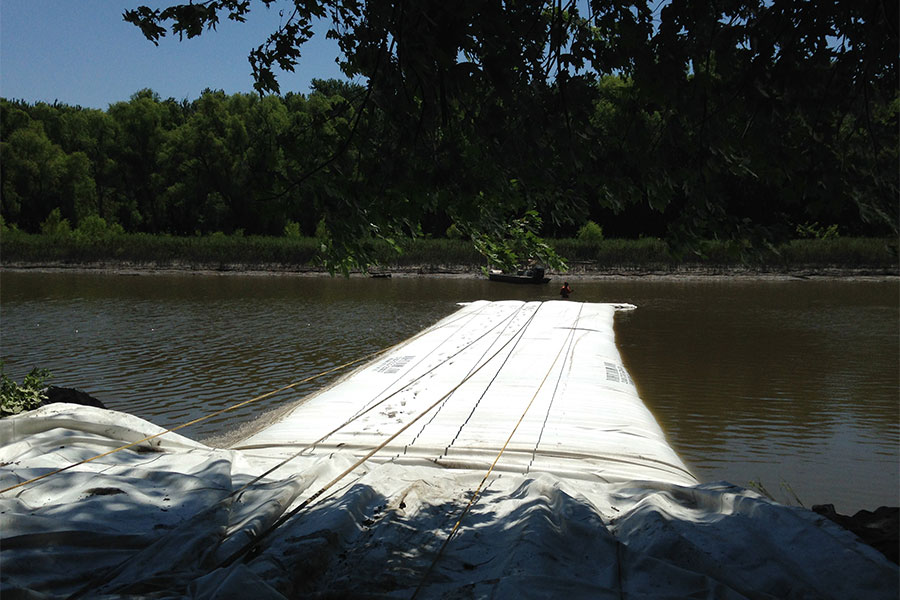Cofferdams have been essential for construction and flood prevention throughout history. All have functioned to block waterways to provide dry and safe spaces for constructing bridges, pipes, and more. Therefore, with such an extensive history, when we speak of traditional cofferdams in this article, we are talking about methods of damming that have been used in the past few decades and are still prevalent today. The most recent innovation in cofferdams is the inflatable model, which aims to be the future of water control. So, what are traditional water control methods, and how do they stand up to inflatable cofferdams? Read on below to find out!
Traditional Flooding And Water Control Methods
Traditional flooding and water control methods cover a wide range of potential materials and are used in several different types of construction projects. Thus, we will briefly examine the most common types and those that inflatable cofferdams can directly replace. These traditional flooding and water control methods include the following, listed from least complex to the most complicated:
- Earthen Wall: Earthen wall cofferdams are self-explanatory and are among the least versatile damming options. They are only helpful for shallow and slow-moving waters, providing a temporary barrier that can be easily permeated in storm conditions. They are quickly being phased out in all aspects of the construction industry.
- Rockfill: Similar to earthen barriers, rockfill uses gravel or large stones to block an area of low depth. They are similarly less efficient and can be cumbersome as a long-term damming alternative.
- Braced: Braced cofferdams are the most often used traditional damming method and work by creating a lattice of wood, which is then filled with earth. They can be scaled up or down in size and are highly efficient water protection, but they require considerable labor to set up and take down if they need to be temporary.
- Concrete: Similar to braced dams, concrete uses steel rebar for structural support, which is then filled with concrete. These cofferdams can include single or double-walled options, making them very durable, but they are essentially permanent and wasteful.
- Cellular Cofferdams: The best options for cofferdams in deep waters, for projects like oil platform construction, tend to be cellular construction unique to all others, making them the best option for anything over 20-30ft in depth.
How Do Inflatable Cofferdams Compare to Traditional Methods?
While it would be unfair to compare inflatable cofferdams to deep water models, like cellular cofferdams, we will focus on those that can range in depth from 1″ to 12′, the depths that inflatable cofferdams are currently rated to contend with. The main argument for inflatable cofferdams in those depths is threefold and includes:
- Time: Most other traditional methods can take days or even weeks to set up and take down. Inflatable cofferdams can be erected in just a few hours and taken down just as quickly, reducing environmental impact and material waste.
- Versatility: Inflatable cofferdams can be moved and used multiple times. Moreover, they are superior because multiple inflatable cofferdams can be combined to create a vast water barrier, saving you money and time.
- Environmental Considerations: Most traditional cofferdam methods leave behind debris, can leech chemicals into the water, and require massive amounts of natural materials. Inflatable cofferdams, on the other hand, are recyclable, leave behind no trace after use, and, since they are filled with water, minimize the need for waste.
Interested in a Free Inflatable Cofferdam Quote? Contact Dam-It-Dams Today!
Consider an inflatable cofferdam from Dam-It-Dams if you need a damming solution to replace your traditional methods. Call us at 810-695-1695 today for a free cofferdam consultation. We’ve provided inflatable cofferdams for various construction projects nationwide and would happily add your firm to our list of satisfied clients.


